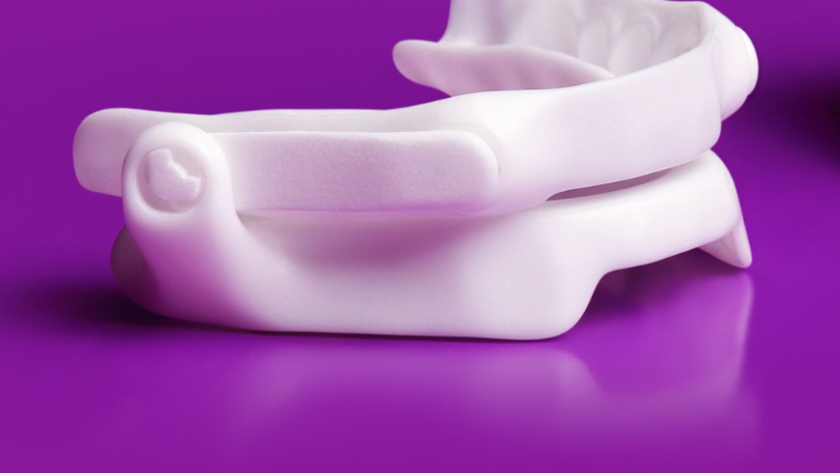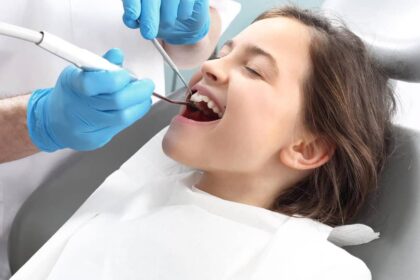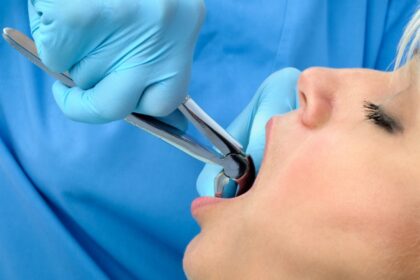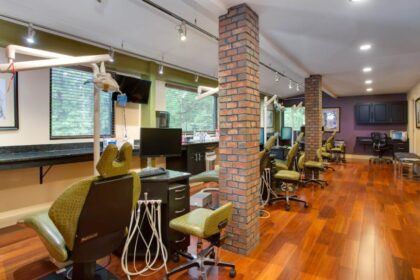Sleep apnea, a common yet potentially serious sleep disorder, affects millions worldwide. It’s often characterized by repeated stops and starts in breathing during sleep. While various treatment options exist, one of the most effective ways to manage this condition is through the use of a dental appliance for sleep apnea symptoms.
Understanding Sleep Apnea
Before delving into the choice of dental appliances, it’s crucial to comprehend what this disorder entails. Most commonly, Obstructive Sleep Apnea (OSA) occurs when the throat muscles intermittently relax and block the airway during sleep. This blockage can lead to snoring, disrupted sleep, and in severe cases, other health complications like heart disease.
The Role of Dental Appliances in Managing Sleep Apnea
Dental tools have emerged as a practical alternative to other treatments such as Continuous Positive Airway Pressure (CPAP) machines. These devices, often recommended by dentists or sleep specialists, are designed to keep the airway open during sleep, preventing the intermittent blockages that characterize OSA.
The effectiveness of these appliances depends largely on their fit and the specific needs of the individual. Therefore, choosing the right dental tool requires careful consideration and expert advice.
Key Factors in Choosing a Dental Appliance
When deciding on an oral device, several factors come into play. Firstly, the severity of your OSA will influence your choice. While mild cases might respond well to simpler devices, more severe conditions might require advanced appliances.
Secondly, comfort is paramount. A poorly fitting device can cause discomfort, leading to poor compliance and ineffective treatment. Ensure your chosen device fits well and can be easily adjusted to suit your comfort level.
Lastly, always consult with a professional. A sleep specialist or dentist with expertise in OSA can jointly determine the most suitable dental tool for your specific needs.
The Intersection of Dental Health and Sleep Apnea
Interestingly, OSA and dental health are closely intertwined. Misaligned teeth or a poorly fitting dental tooth implant can exacerbate OSA symptoms. As such, it’s vital to address any existing dental issues when considering a dental device for OSA treatment.
The Way Forward
With an array of options available, choosing the right oral device can seem overwhelming. However, armed with the necessary knowledge and guided by a professional, you can navigate the world of dental devices with confidence.
In conclusion, selecting the right dental appliance for sleep apnea involves understanding your specific needs, consulting with professionals, and considering your overall dental health. With the correct device, you can look forward to restful nights and healthier, more energetic days.





